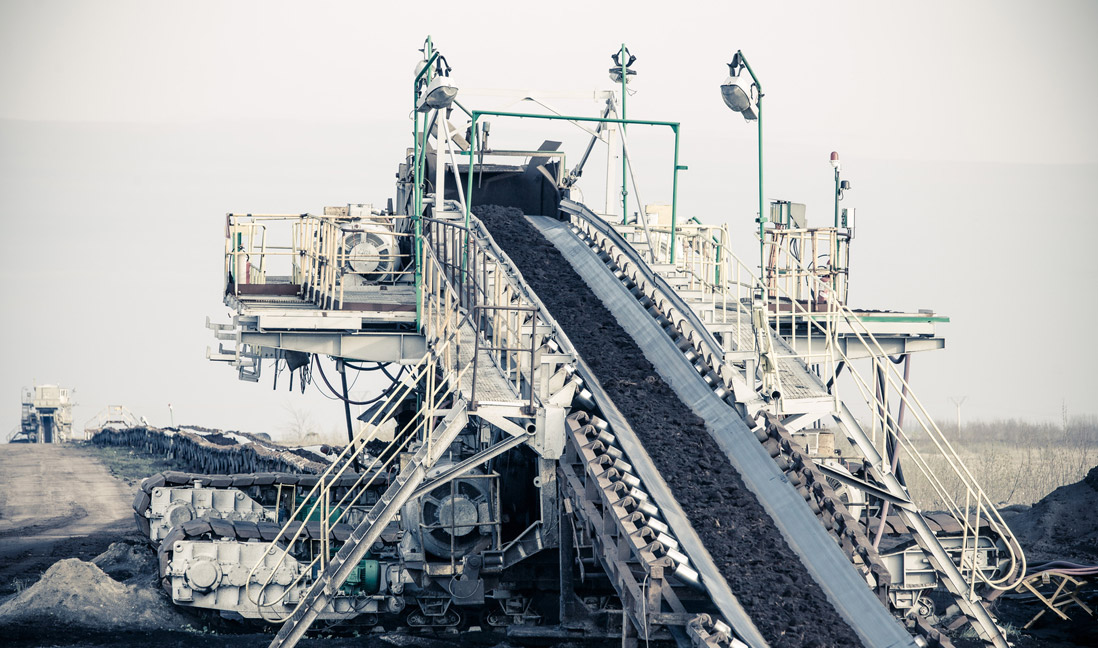The cement industry has started to experience a threat called Excess capacity where supply and demand are not in line. This problem of overcapacity has been experienced by many other industries as well throughout the year and this poses a serious issue of overstock.
Housing sector is contributing well to our GDP and it is expected to double in the coming few years, showing how robust this growth is going to be. Besides, the infrastructure sector has also been promising and significant spend is continuing to happen.
Many leading cement players facing tougher times. Companies like ACC provided negative returns – about 16 %, UltraTech about 7.5%, and Ambuja cement about 19.6 %. With other factors like reduced export in this field, rising oil prices, there has been a rise in demand for cement in the middle east countries. This also has caused excess capacity with many cement plants across locations.
What cause this excess capacity?
- Demand Constraints
- Poor Market Analysis
- External Crisis (Environmental or financial crisis)
- Advanced Technology
- Industry Dependencies
- No mechanism to share market demand with many firms
- More Competition
Why it is a considerable factor?
If a product can’t be sold above its production cost, the company faces many challenges like low profitability, cutting down of wages to employees, etc.. And if in case the products cannot be sold, obviously all the production effort such as time, energy, money spent on resources gets wasted. Either way it is going to hurt the business, which in turn will hurt the overall industry and economy.
Besides there is yet another bigger threat that arises out of excess and idle inventory. Suppose if a plant is shutting down due to this excess capacity, all the equipments and spares involved will lie idle, and at some point in time company may look at scraping it. Idle inventory does not mean that the cost incurred is idle or wasted, but it adds up to more costs in future too, that includes cost of maintenance, liquidating costs etc.
So dealing with excess, unused inventory adds up a lot of challenge to the management causing significant losses to the company, both directly and indirectly. These losses are the results of poor management of products list, poor demand estimation, stocking, etc. Hence either by selling off the excess inventory, or by reducing inventory levels of unused products are critical for not just the company, but can help the economy on the whole.








